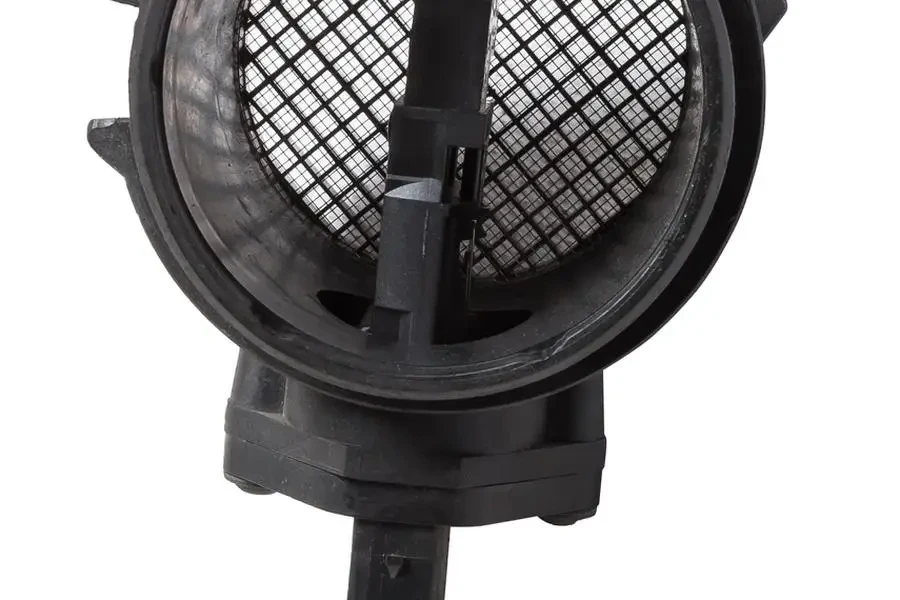In the intricate ecosystem of a vehicle’s engine, the mass flow sensor plays a pivotal role in maintaining the delicate balance between performance, efficiency, and emissions. This component, often unnoticed until a malfunction occurs, is the unsung hero of your vehicle’s engine management system. Through this article, we will embark on a journey to understand the mass flow sensor’s function, importance, symptoms of failure, maintenance tips, and the latest technological advancements that are shaping its evolution.
Table of Contents:
– What is a mass flow sensor and why is it important?
– Common symptoms of a failing mass flow sensor
– How to maintain your mass flow sensor for optimal performance
– Technological advancements in mass flow sensor design
– Choosing the right mass flow sensor for your vehicle
What is a mass flow sensor and why is it important?

A mass flow sensor, integral to the engine’s air intake system, measures the amount of air entering the engine. This data is crucial for the Engine Control Unit (ECU) to calculate and deliver the correct fuel mixture for optimal combustion. Without accurate readings from the mass flow sensor, vehicles can experience a range of performance issues, from decreased fuel efficiency to increased emissions. Understanding its importance is the first step in appreciating the sophisticated engineering behind modern vehicles.
Common symptoms of a failing mass flow sensor

Recognizing the signs of a failing mass flow sensor can save vehicle owners from costly repairs and potential safety hazards. Symptoms include erratic idling, difficulty starting the engine, and a noticeable decline in fuel efficiency. Additionally, a faulty sensor can trigger the Check Engine light, a clear indication that the vehicle requires immediate attention. Early diagnosis and intervention are key to maintaining vehicle performance and longevity.
How to maintain your mass flow sensor for optimal performance

Maintaining a mass flow sensor involves regular inspections and cleanings to prevent dust, debris, and oil particles from impairing its accuracy. Vehicle owners should refer to their maintenance schedule, typically found in the owner’s manual, for specific guidelines. Simple practices, such as ensuring the air filter is clean and in good condition, can significantly extend the life of a mass flow sensor.
Technological advancements in mass flow sensor design

The evolution of mass flow sensor technology reflects the automotive industry’s commitment to improving performance and reducing environmental impact. Recent advancements include the development of sensors with higher sensitivity and faster response times, enabling more precise fuel delivery. Innovations in materials and manufacturing processes have also resulted in more durable and reliable sensors, capable of withstanding the harsh conditions within an engine.
Choosing the right mass flow sensor for your vehicle

Selecting the appropriate mass flow sensor requires understanding the specifications and compatibility with your vehicle’s make and model. While the market offers a wide range of options, focusing on quality and adherence to OEM standards is crucial. Consulting with a professional or referring to the vehicle’s service manual can provide valuable guidance in making an informed decision.
Conclusion:
The mass flow sensor is a cornerstone of modern engine management, influencing everything from fuel efficiency to emissions. Recognizing its significance, being vigilant for signs of failure, and adhering to maintenance recommendations are essential for vehicle owners. As technology advances, the mass flow sensor will continue to evolve, offering even greater precision and reliability. Understanding its role and maintaining it properly is not just about vehicle care—it’s about embracing the future of automotive technology.



